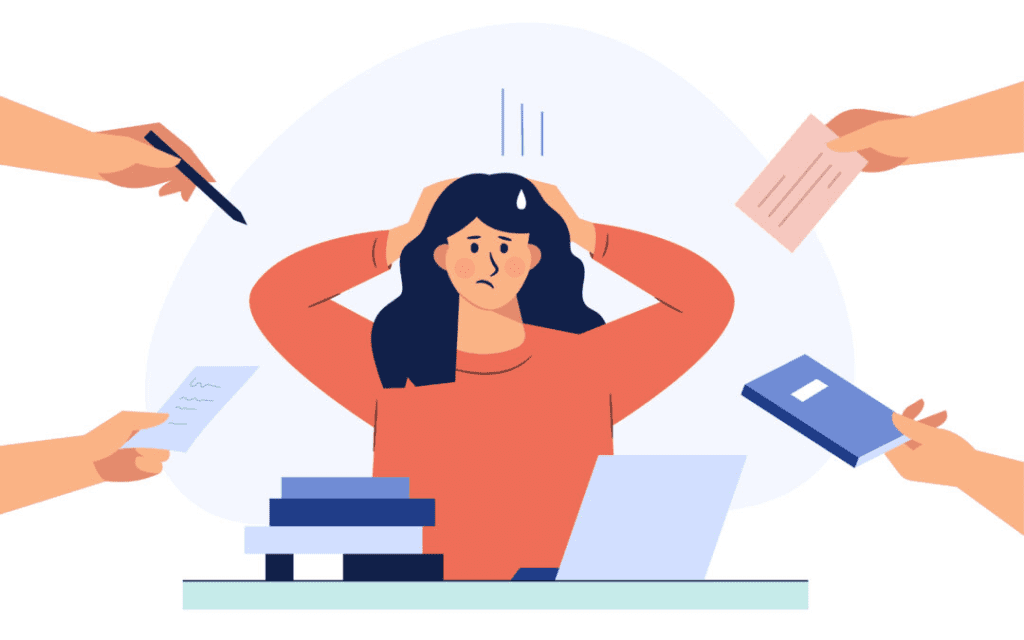Leg cramps can disrupt your sleep and negatively affect your overall quality of life. Thankfully, there are several effective methods to alleviate these painful muscle contractions and ensure a more restful night. Below, we’ll explore 10 practical strategies to help you minimize leg cramps and improve your sleep.
Understand and Combat the Causes of Leg Cramps

Before you can effectively treat leg cramps, it’s crucial to understand their potential causes. Factors like dehydration, electrolyte imbalances, and a sedentary lifestyle can all contribute to night-time leg cramps. In some cases, they might even indicate an underlying health issue. Fortunately, addressing these root causes through lifestyle changes can significantly reduce the frequency and severity of cramps.
1. Pre-Sleep Stretching Rituals
A proactive approach to preventing leg cramps is to incorporate stretching into your nighttime routine. Gentle stretches that target the calf and foot muscles can enhance circulation and reduce the risk of cramps during the night. Spending just a few minutes on this before bed can help keep the cramps at bay.
2. Hydration is Key
Keeping well-hydrated is essential for muscle function and overall health. Dehydration is a common trigger for muscle cramps, so make sure you’re drinking enough water throughout the day. Aim for at least 8-10 glasses and be mindful of diuretics like caffeine and alcohol, which can increase dehydration.
3. Optimize Your Diet for Muscle Health
Magnesium and potassium are vital minerals for muscle health, and a deficiency in either can lead to frequent cramps. Incorporate magnesium and potassium-rich foods into your diet, such as bananas, avocados, nuts, and leafy greens, to help ward off cramps.
4. Heat and Cold Therapy
Applying heat or cold to the affected muscles can also provide immediate relief from leg cramps. A warm towel or heating pad can relax the muscles, while a cold pack may reduce inflammation and pain if the cramp is particularly severe.
5. Consistent Exercise Routine
Regular physical activity is beneficial for muscle strength and endurance, which can help prevent cramps. However, it’s important to balance activity levels and avoid intense workouts close to bedtime, as they might contribute to muscle fatigue and cramping.
6. Evaluate Your Sleeping Position
Your sleeping posture can also influence muscle cramps. Avoid positions that excessively point your toes or strain your calves. Sleeping with a pillow under your knees can help maintain a neutral leg position, particularly if you sleep on your back.
7. Loosen the Bedding

Tight sheets and blankets can restrict movement and exacerbate leg cramps. Ensure that your bedding is loose enough to allow for free movement of your feet and legs during the night.
8. Supplement Wisely
If dietary adjustments do not fully resolve mineral deficiencies, consider supplements. Magnesium and potassium supplements, in particular, can be effective. However, always consult with a healthcare professional before starting any new supplement regimen.
9. Manage Stress and Anxiety

Stress and anxiety can tighten muscles and increase the likelihood of experiencing leg cramps. Engage in relaxation techniques such as deep breathing, meditation, or listening to soothing music before bed to help relax your muscles and mind.
10. Seek Professional Advice
Persistent or severe leg cramps may require medical attention to determine if there is an underlying condition. If home remedies do not alleviate the issue, it’s advisable to consult with a healthcare provider for targeted treatment.
In conclusion, while leg cramps can be a painful nuisance, they are often preventable with thoughtful lifestyle changes. By following these 10 strategies, you’re on your way to minimizing discomfort and maximizing your chances for a peaceful night’s sleep. Remember, each step you take towards a healthier lifestyle can contribute significantly to reducing the occurrence of night-time leg cramps. With persistence and proper care, you can achieve restful, uninterrupted sleep.


